Description
The Carnivorous Plant that will Eat your Heart
Native to southeast Asia, the Pitcher plant is found in areas such as Malaysia, India, Sumatra and the Philippines. These plants are well adapted to areas with warm and bright conditions. These plants are carnivorous and eat insects. They are vase-shaped, and the bottom is filled with digestive fluid that helps the plant digest the insects it traps in the pitcher.
These plants are also called Monkey’s cups as it is assumed that money drinks from the pitcher; however, that is not true. These plants can grow much more prominent in size and thrive in a warm environment. If you want to opt for a specific type of tropical pitcher, then go for Nepenthes Maxima, which is very beginner friendly.
No matter what plant you keep, it is essential for you to follow the care guidelines to the T.
Caring for your Pitcher Plant
These plants require more care than others and you need to be very careful when growing them in your home. Growing the Tropical Pitcher can be very rewarding if you are up for the challenge. Here is a guide that can help you take good care of the plant:
Light
Since this is a tropical plant, it requires ample sunlight, but as it grows under the canopy of trees, it adapts to indirect light. You should mimic this at home and keep your plant in partial shade so that it gets indirect but bright light.
If you cannot create the environment at home, then you can also use artificial light as a good alternative.
Soil
The Nepenthes are not very picky with soil and thrive best in loose soil that is well-aerated and draining. This kind of soil gets rid of all the excess water but keeps the soil moist enough for the plant. You can use a mixture of soils, including perlite, sand and even pumice rock but make sure you use the right quantities. You can also get premade soil that is a good mixture of all you need.
Water
The Pitcher plant enjoys frequent watering, and you should ensure that the soil is moist at all times. Regularly check your soil to see that it does not dry out completely. You may end up damaging your plant if it is not well draining, which can cause waterlog. Avoid watering it a lot; you can use different tricks to get rid of all the excess water, such as a plastic egg crate.
Fertilizer
You do not need to fertilize your plant as they do not have a high nutrient requirement. All the nutrients it needs can be found in the soil itself. If the plant feels the need for more nutrients, then it can get them from insects it may trap in its belly.
However, if you keep the plant indoors and it does not have any access to insects then you can think about adding small quantities of fertilizer. You can add it twice during the growing season.
Common Issues
The Nepenthes need your care and as a grower, you need to be well aware of all the threats that can cause damage to your plant. Here are some pests and diseases that can affect the growth of your plant:
Pests
There are multiple pests that can pose a threat to your Tropical Pitcher, and these include mealybugs, aphids and thrips. You need to get rid of these pests as soon as possible and use an insecticide to get rid of them.
Disease
If you do not give your plant the best environment to grow in, they may fall victim to different diseases such as fungal infections, grey mould and spotting on leaves. Make sure that you follow their care requirements carefully, as that will help you prevent diseases as best as possible.
Pruning
The pruning of your plant depends on the kind of plant you have. For instance, if you have a climbing plant, then you can prune the vines so the plant can grow bushier and in shape. If you see any of the leaves or pitchers that have contracted some disease, then it is best to prune them off so the plant can focus on regrowth. You can prune the plant once every six months or depending on the state of the plant.
Propagation
You can propagate the Tropical Pitcher with cuttings. You can keep these cuttings in water or layer them in the air to get quick growth. You also have the option to propagate using seeds, but that will take a much longer time.
Potting/Repotting
It is a good idea to transplant your Nepenthes once every 3 years or so. When repotting, you must use fresh soil so it can boost the growth of the plant. Trim away all the remnants of old roots so your plant can have a fresh start.

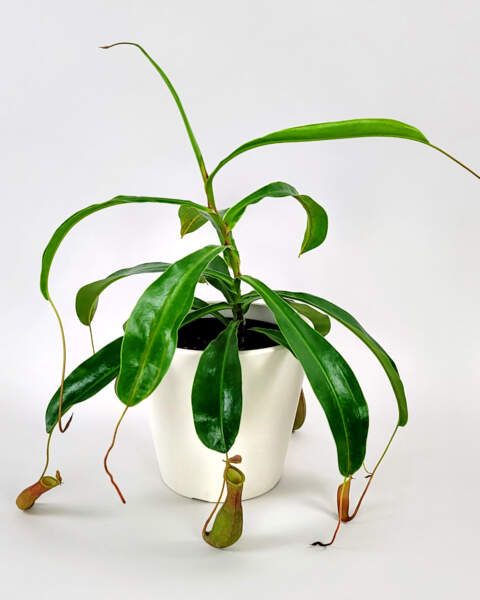
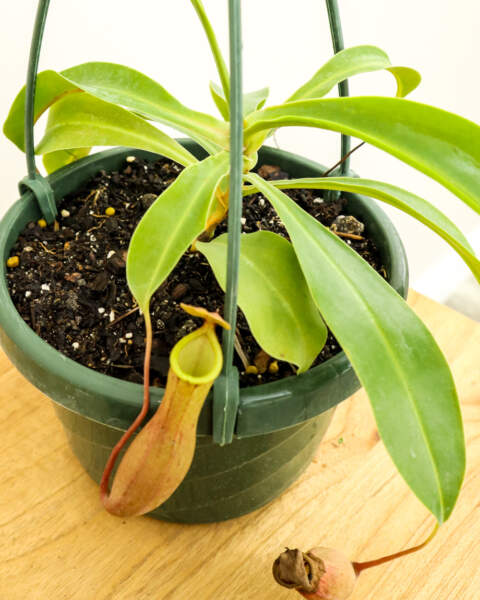
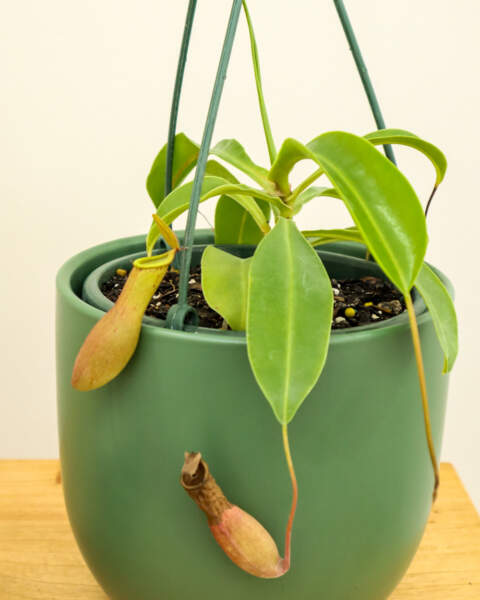
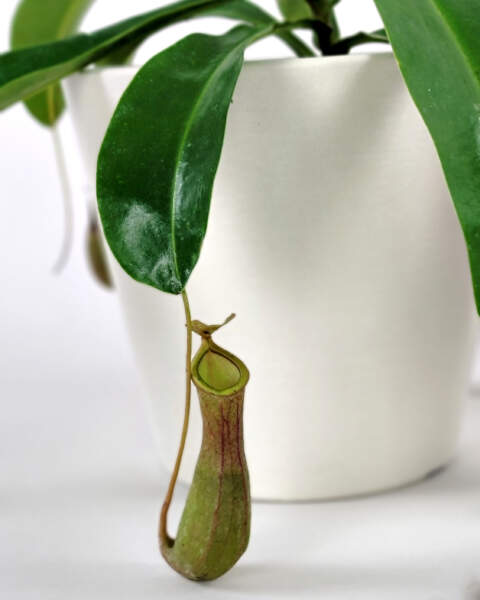







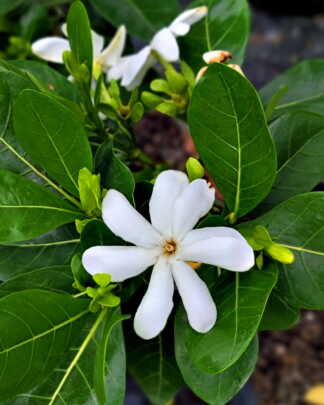

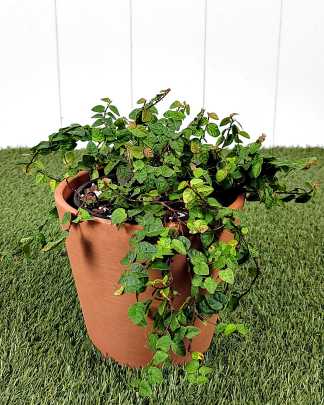
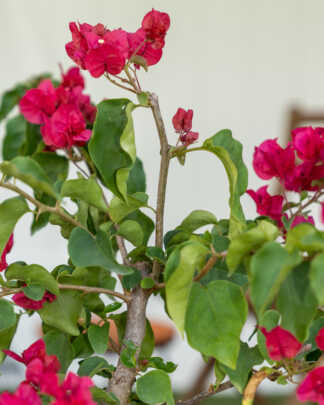
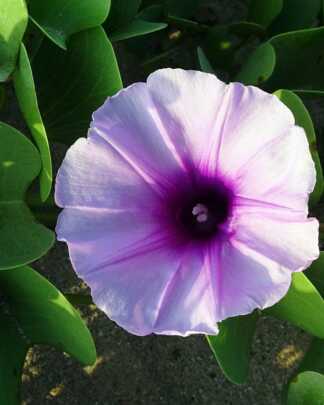


James (verified owner) –
The plant looked good but there are no pitchers on the Pitcher plant
Bud Keller (verified owner) –
Roberta Petro (verified owner) –
They arrived good but the things hanging were dead.
Leah (verified owner) –
Marcy Trzecinski (verified owner) –
Week packaged and the plant is gorgeous and thriving
henry (verified owner) –
As usual, all four plants came tenderly wrapped with care, moist paper and plastic around the pott, ground still moist. The plant was healthy, green and robust with new sprouts that continued to grow after unwrapping. We are getting ready to repot and introduce them to our porch for NOSEEUM evacuation.
Sonia Quiroz (verified owner) –